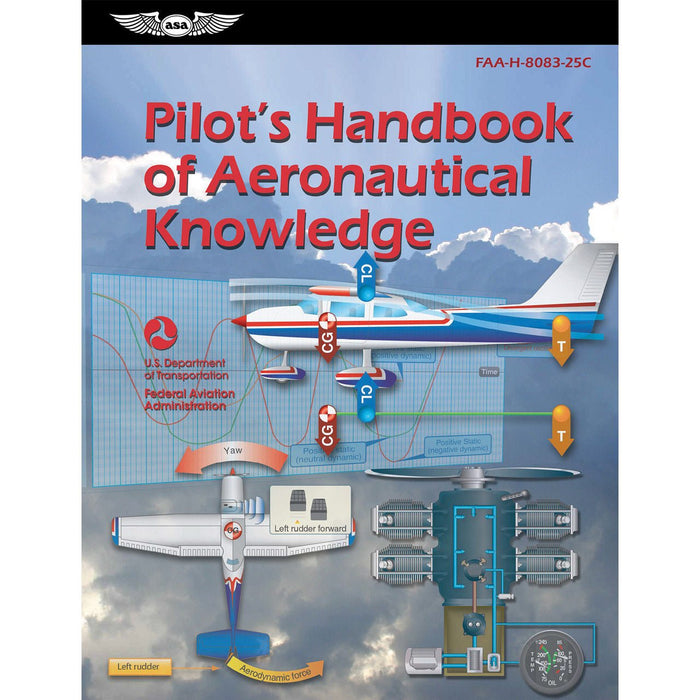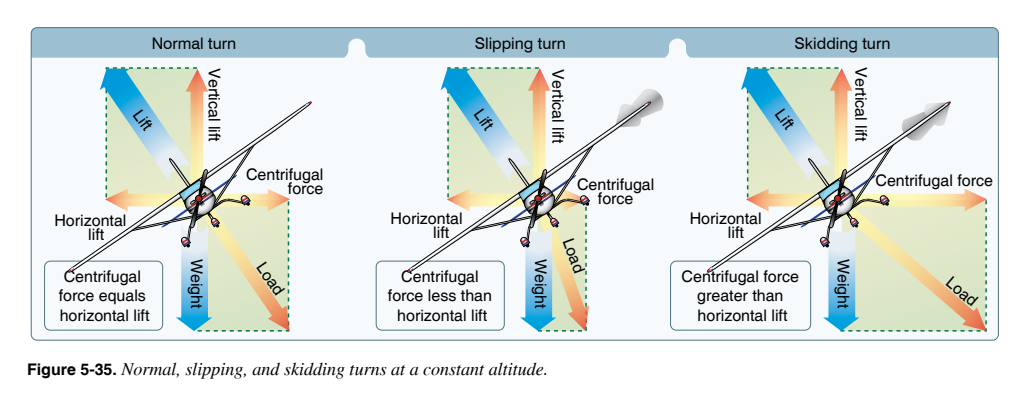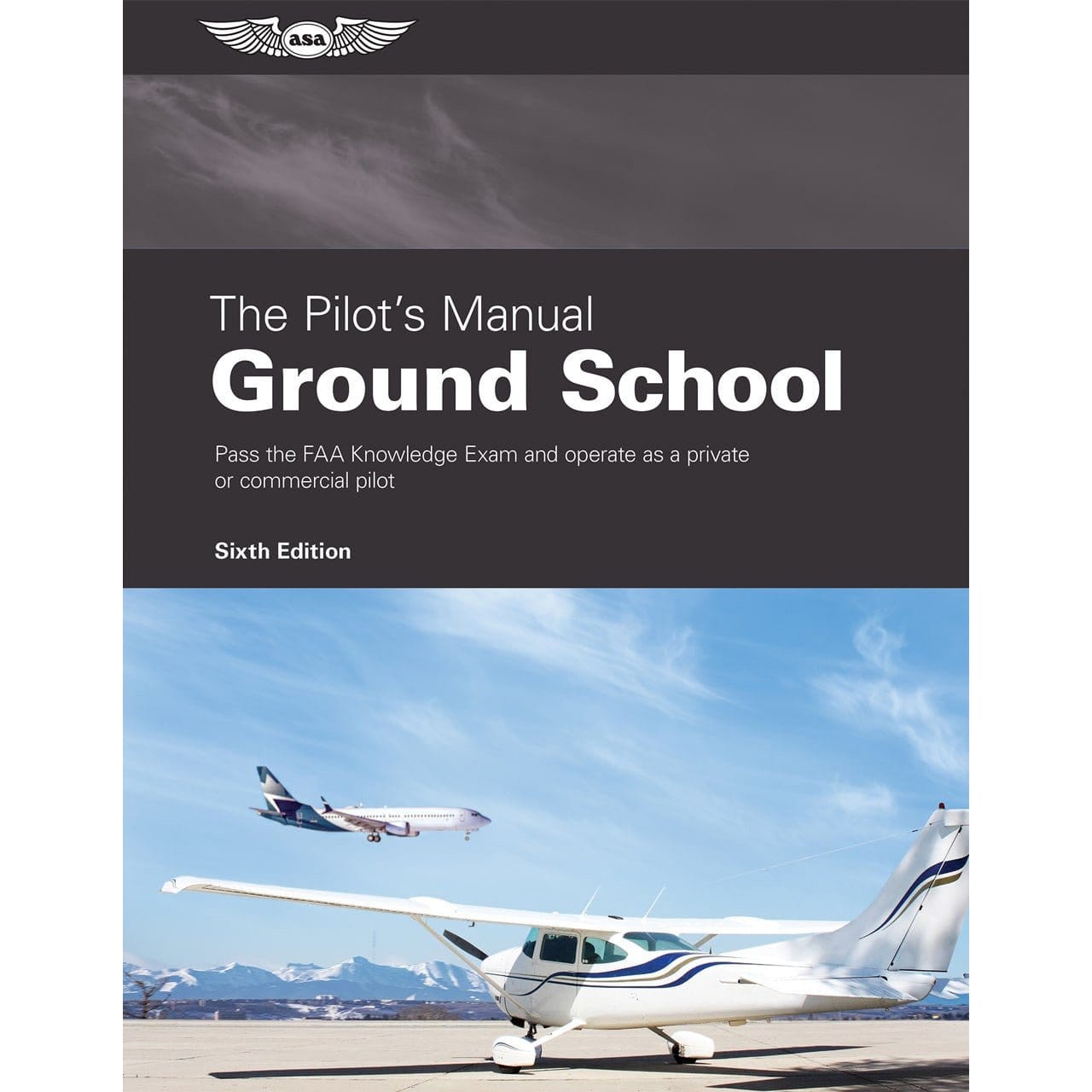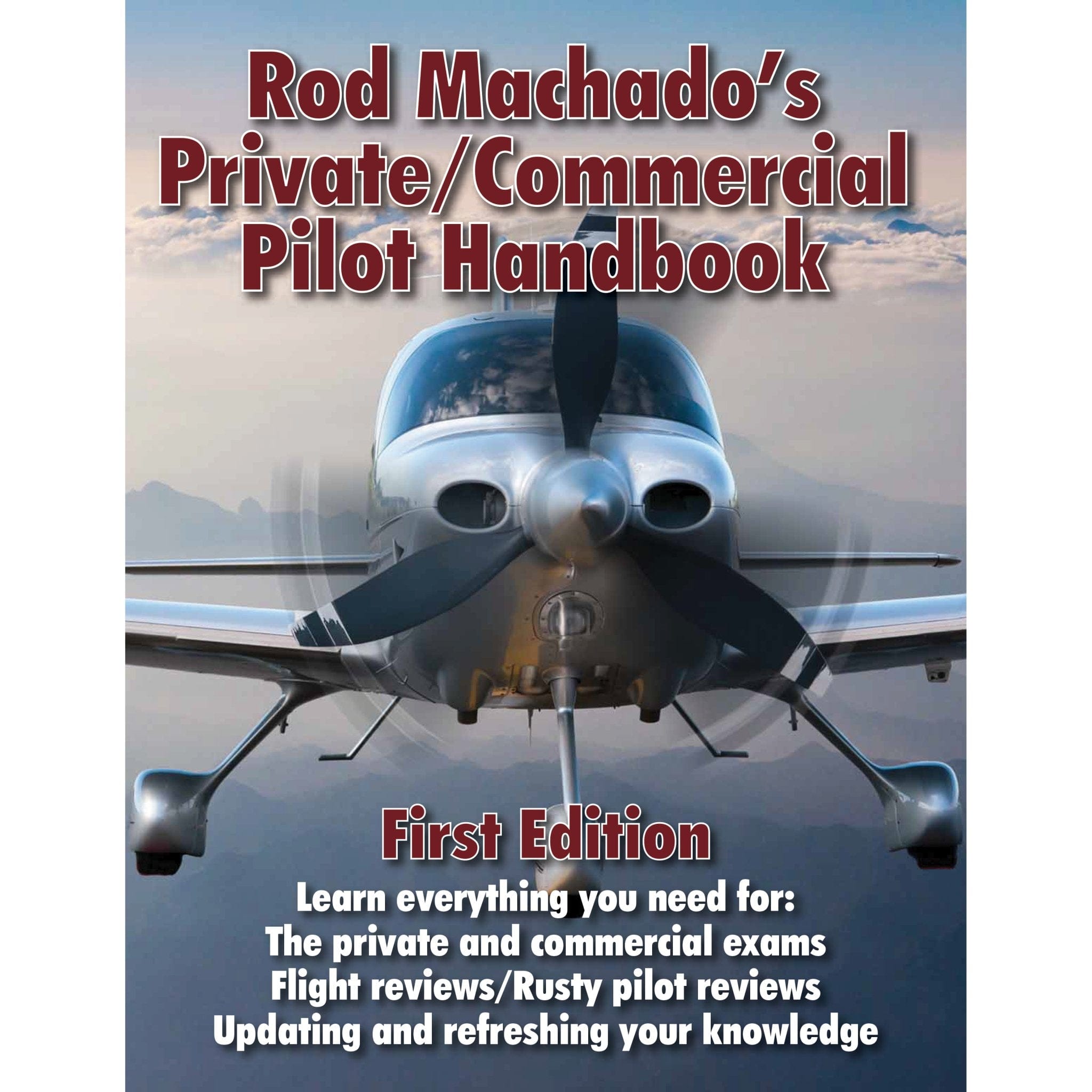“Step on the ball!” You probably remember your flight instructor drilling this into you during initial flight training as a student pilot.
When making a turn, we know that the ball (or white triangle if we’re flying a modern glass cockpit) of the turn coordinator is supposed to stay centered. If it’s off to the right or left, we are flying an uncoordinated turn and need to adjust our control inputs.
But what is the big problem with an uncoordinated turn? Are uncoordinated turns dangerous, and if so, how do you avoid them?
There are two different types of uncoordinated turns: slip turns and skid turns. Keep reading to learn which of these turns can be useful, which is dangerous, and what to do if you find yourself in a dangerous uncoordinated turn.
(The 3D model "Cessna 172 (WIP)" is by Meee and is licensed under Creative Commons Attribution)
What is a Slip Turn?
A slip turn is a type of uncoordinated turn during which the body of the aircraft slides sideways toward the center of the turn. Slips occur when the horizontal component of lift exceeds centrifugal force. During a slip turn, the ball on the turn coordinator drifts toward the inside of the turn and the nose of the plane points toward the outside of the turn.
What is a Skid Turn?
A skid turn is a type of uncoordinated turn during which the body of the aircraft slides sideways away from the center of the turn. Skids are caused by centrifugal force exceeding the horizontal component of lift. During a skid turn, the ball on the turn coordinator moves to the outside of the turn and the nose of the plane points toward the inside of the turn.
What is a Slip and Skid Turn?
A slip and skid turn can happen if the pilot widely fluctuates bank angles while trying to achieve a coordinated turn.
If you chase the ball during a turn you could end up fluctuating between a slip and a skid. This combination uncoordinated turn is called a slip and skid turn.
Watch AVweb’s slip/skid lesson tutorial to see what the turn coordinator ball does during a slip and skid turn.
Difference Between a Slip and a Skid
The difference between a slip turn and a skid turn is that in a slip turn, the aircraft moves laterally toward the inside of the turn whereas on a skid, the lateral movement is toward the outside of the turn.
The causes of slips and skids are also different. A slip is caused by too slow a rate of turn for the bank angle, and a skid is caused by too fast a rate of turn for the bank angle.
(source: FAA Pilot’s Handbook of Aeronautical Knowledge )
Slipping Turn vs Skidding Turn vs Coordinated Turn
A coordinated turn is a turn without sideslip. The aircraft neither slips nor skids during a coordinated turn because the bank angle is appropriate for the airspeed and the pilot is making the turn at the standard rate.
The bank rate during a coordinated turn will vary based on your speed. At higher airspeeds, you need a greater bank angle than you do when flying at slower speeds.
Remember, slip and skid turns are both caused by improper bank angles for speed. A slip turn occurs when the pilot’s bank angle is too great for the rate of turn. On the other hand, a skid turn takes place if the bank angle is too shallow for the rate of turn.
Why a Skid is More Dangerous than a Slip
Although both slips and skids are uncoordinated turns, a skid is more dangerous because if it progresses to a cross-control stall, the aircraft is likely to enter a spin. Why? Let’s talk about the aerodynamics of a skid turn vs a slip turn.
In a slip turn, the lower inner wing is moving faster and generating more lift than the outer wing. Aileron inputs to keep the inner wing down put the outer wing at a higher angle of attack, so it will stall first. If the outer wing stalls and drops, the aircraft will naturally return to a roughly wings-level attitude, negating the turn and returning the plane to coordinated flight.
In a skid turn, the outer wing is generating more lift than the inner wing. If a pilot tries to use aileron inputs to raise the inner wing, the elevator deflection will increase the angle of attack on the inner wing and cause it to stall.
The danger is that since in this situation the inner wing is also already lower than the outer wing, when the inner wing stalls and dips, it can roll the plane into a spin.
Do Pilots Ever Slip or Skid on Purpose?
Due to the danger of a skid turn developing into a stall spin, most pilots don’t purposely skid, but slip turns are another story. There are situations where flying a slip turn is not only acceptable but is actually a sign of skilled piloting.
Purposeful side slip and forward slip maneuvers each have specific uses and are typically done during approach to landings. If you think back to your private pilot check ride, you may recall being tested on the forward slip technique.
How to do a Forward Slip on Final
Altitude is safety, so rather than flying a lower approach in mountainous terrain, pilots may choose to fly a higher approach until they are close to the airfield and clear of obstructions. They then use a forward slip technique to quickly decrease altitude without increasing airspeed.
The more altitude you need to bleed off, the steeper bank angle and the more opposite rudder you will need. Bush pilots often slip their planes during final approach to achieve precise touchdowns in tight spots.
Successfully execute a forward slip approach by:
- Bringing power to idle.
- Slowing to normal approach speed.
- Adding full flaps (if allowed per your aircraft manufacturer).
- Choosing a visual reference point in the distance.
- Using aileron inputs to bank into the wind.
- Applying opposite rudder to maintain your original flight heading when the visual reference point starts moving.
- Keeping the aircraft nose at proper attitude to maintain airspeed throughout the slip turn.
- Releasing the rudder pedal and using ailerons to level the aircraft.
- Slowly increasing power to normal final approach setting.

Pro Tip: Before trying a forward slip in your aircraft, check your pilot’s operating handbook (POH) for aircraft specific instructions like maximum flap settings. For example, some Cessnas warn against doing a forward slip with full flap extension.
How to do a Side Slip Crosswind Landing
If you must land on a runway under crosswind conditions, you will need to adjust your aircraft to compensate for the perpendicular wind component.
The goal of a side slip crosswind landing is to land the aircraft without applying any stressful sideload or cornering to the landing gear. A side slip differs from a forward slip because in a side slip the aircraft’s longitudinal axis stays aligned with the runway’s centerline, but it doesn’t in a forward slip.

Successfully execute a side slip landing by:
- Adjusting your aileron inputs so your upwind wing is slightly lowered, and you maintain your centerline runway orientation.
- Applying opposite rudder to prevent the aircraft’s longitudinal axis from turning off the center of the runway.
- Making minor control adjustments as needed during final approach.
- Landing with your upwind wheel first.
- Deflecting ailerons into the wind upon landing so the wind does not get under your wing and flip the aircraft.
How to Avoid a Skid Turn
Avoid a skid (and unintended slip) turn by making your turn at the coordinated standard rate of 3 degrees per second and by flying at the correct bank angle for your airspeed.
There are precise mathematical formulas to calculate optimal bank angle, but you can establish the approximate bank angle for the turn inflight by using the following easy-to-calculate rule of thumb:
Drop the last digit from your current airspeed, then add 5 if you used your airspeed in knots or 7 if you used your airspeed in miles per hour. The resulting number is the rough degree of bank you should target to maintain a coordinated turn.
For example, 120 knots becomes 12. Add 5 to get 17 degrees of bank. If using miles per hour, 140 miles per hour becomes 14. Add 7 to get 21 degrees of bank.
How to Recover from a Skid Turn
If you do find yourself in a skid turn, fight the instinct to apply opposite aileron and elevator as these actions increase your risk of entering a cross-control stall. Instead, first reduce the angle of attack by “stepping on the ball” or applying opposite rudder and forward elevator. Then increase power and use coordinated aileron and rudder inputs to level wings and ease out of the skid turn.
Keep learning about other aircraft handling and maneuvers with these curated articles:
-
The Chandelle Maneuver: What it is and Why You Should Learn to Fly it
- Turn Coordinator Guide: What It Is and How to Use it to Avoid Slips and Skids
We also suggest reviewing the Pilot’s Handbook of Aeronautical Knowledge to brush up on all aspects of flight including flight maneuvers, aerodynamics, aircraft performance, and more. Want to work on safely executed slip turns?

|
ASA Pilot's Handbook of Aeronautical KnowledgeProviding basic knowledge essential for all pilots, from beginning students through to the advanced certificates, this Federal Aviation Administration (FAA) publication introduces readers to the broad spectrum of knowledge required as they progress through pilot training. |

![Slip vs Skid: Which Turn Is More Dangerous [And How to Avoid It]](http://www.pilotmall.com/cdn/shop/articles/ffe1c1247b7ef035508b8526e33a3512.jpg?v=1715243003&width=800)














1 comment
Jesse
Under the heading, Slipping Turn vs Skidding Turn vs Coordinated Turn, the first paragraph is actually the definition of a standard rate turn not the definition of a coordinated turn. I do learn a lot from your articles and there’s no reason to post this if you so desire. I may actually be wrong myself.